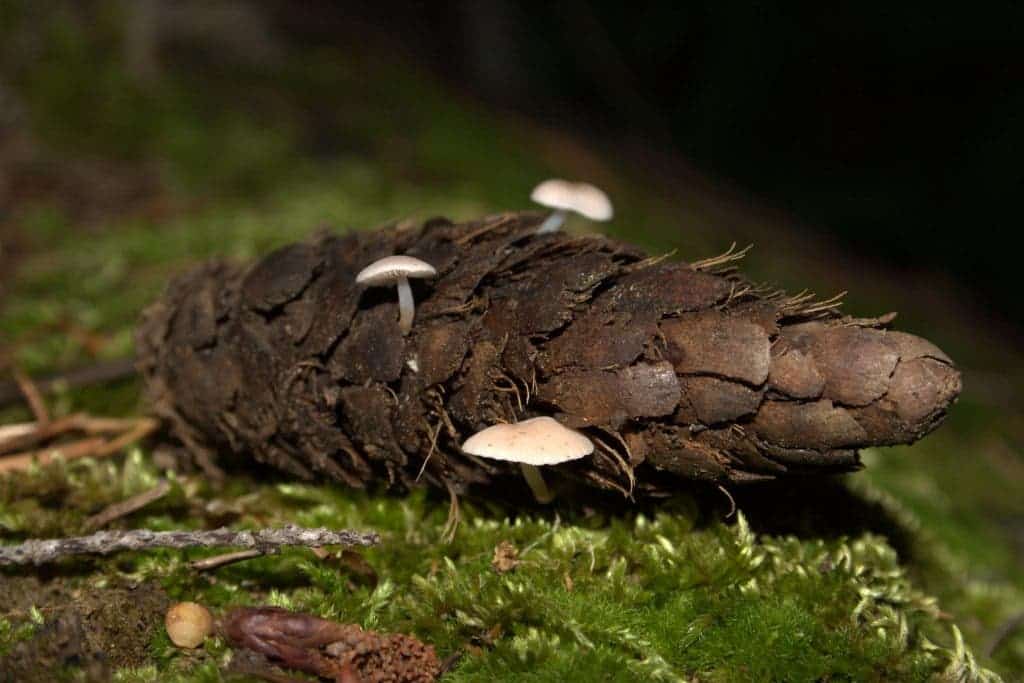America’s iconic Douglas firs are feeling the heat (and drought) of shifting climate patterns all across the Western U.S., finds a new University of California study.

Image credits Alice Poulson /
USFS Region 5 Flickr.
Nobody enjoys a good old fashioned heat-wave, especially when there’s no water to be found anywhere. You’re sluggish, sweaty, bad-tempered and all you want to do is find a cool surface and put as much of your body surface against it as you can. The Douglas fir understands you. In fact, it would probably do just the same as you would, if its roots didn’t you know, root it in place.
So when confronted with a heat wave strong enough to dry the soil and air around the trees, they do the next best thing at their disposal — they stop growing altogether. And this could have huge implications for forest carbon stocks and the global carbon cycle.
“If trees are being less productive, if they are not growing as well, they are taking in less CO2 from the atmosphere,” said Christina Restaino, a postdoctoral researcher at the University of California, Davis.
“Tree stress can lead to the point where trees die, and when we lose tree species on the landscape, there’s always the question of what is going to grow back in its place.”
For the study, Restaino and her team examined more than 2,000 tree cores from 122 locations across the Western United States. They found that rising temperatures hurt the growth cycle of the trees — because it removes water from both the soil and atmosphere, the heat causes the firs to lose water faster than they can take it in. The trees respond by closing their stomata, tiny pores which shuttle in carbon dioxide and pump out oxygen during photosynthesis.
Using climate models to gauge future conditions, the team determined that the air and soil which Douglas fir forests rely on could dry up for up to double the time we see today by 2080. This would also translate into double the effect on growth we see today, the team added. The effects were most pronounced in the Southwest, which is already experiencing higher temperatures. Douglas firs in the Pacific Northwest fared a bit better.
“This is a species that has been logged historically and still is, so it certainly is important in terms of thinking about not only how our ecosystems are responding to changes in climate, but also in changes of the economics of forest management, as well,” Restaino said.
The team spent three summers harvesting their own tree cores for the study instead of using the extensive tree core data set available from the International Tree-Ring Data Bank (ITRDB.) They also used data collected by co-author Jeremy Littell, lead research scientist with the U.S. Geological Survey at Alaska’s Climate Science Center.
This way they can get an accurate snapshot of how Douglas firs respond to climate change between 1916 to 2006 across their entire U.S. range. ITRDB cores are often taken from trees in the harshest environments so they can be easily connected to the climates of past years, but that offers a biased view of the species’ response.
“We can tell a larger story about a whole range of tree-growing environments,” she said.
The full paper, titled “Increased water deficit decreases Douglas fir growth throughout western US forests” has been published online in the journal PNAS.


